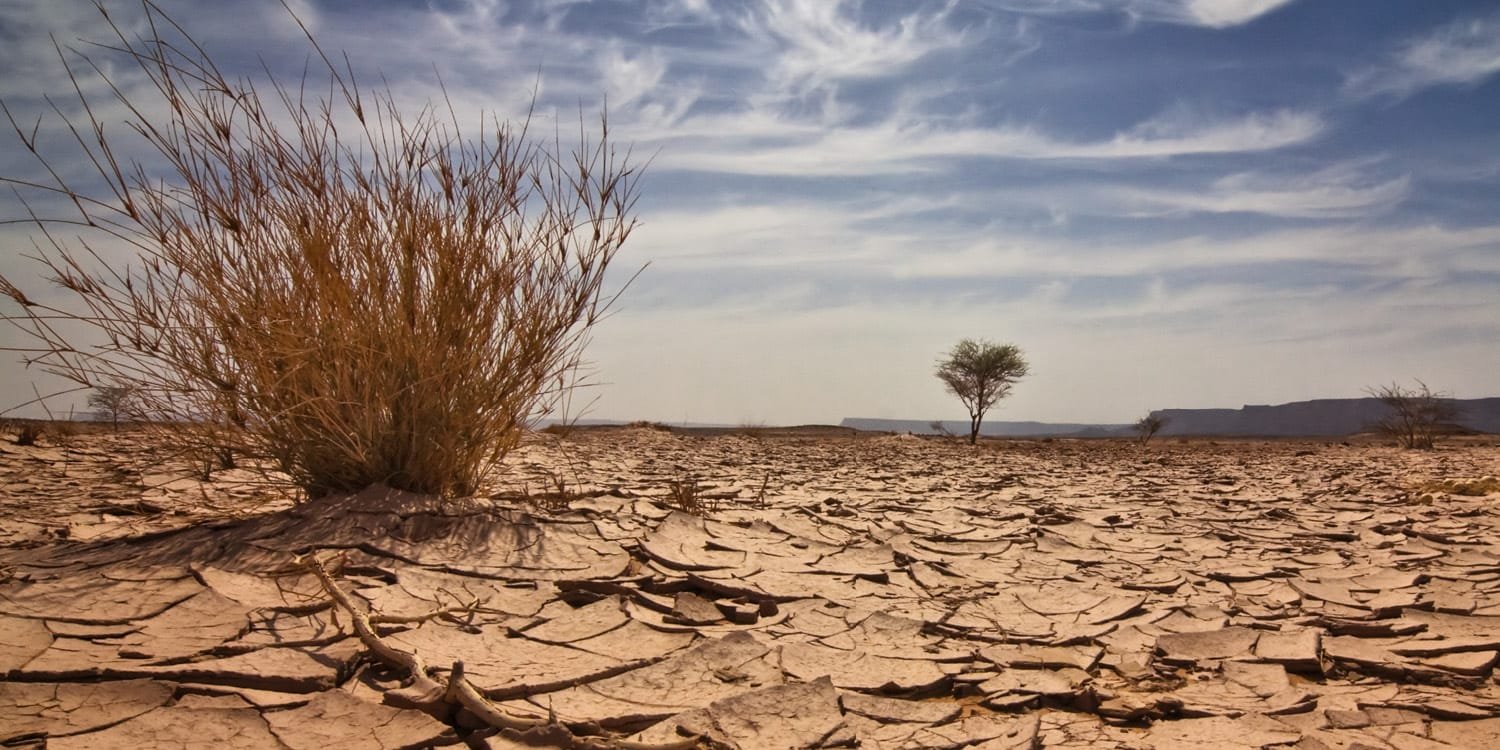Climate change has become one of the most pressing issues of our time, with its far-reaching effects being felt across the globe. The rising concentration of greenhouse gases in the atmosphere is causing significant shifts in weather patterns and ecosystems, affecting everything from sea levels to the biodiversity of different regions. Understanding these changes is crucial for mitigating the long-term consequences and adapting to the challenges that lie ahead.

Changing Weather Patterns and Extreme Events
One of the most visible impacts of climate change is the alteration of weather patterns. Rising global temperatures are causing more frequent and intense heatwaves, leading to droughts in some areas and heavy rainfall in others. These changes are also influencing the frequency of extreme weather events, such as hurricanes, wildfires, and floods. Gambling360 welcome casino bonus has no direct connection to climate change, but the shifting weather patterns and increasing environmental instability may influence the economy, impacting industries and sectors, including entertainment and tourism. More frequent disasters disrupt communities and threaten livelihoods, particularly in areas that are already vulnerable to natural disasters.
Rising Sea Levels and Coastal Erosion
As global temperatures rise, so do sea levels, primarily due to the melting of polar ice caps and the expansion of seawater as it warms. This rising sea level poses a serious threat to coastal communities and ecosystems. Low-lying islands and cities along coastlines are facing the risk of submergence, forcing millions of people to consider relocating. Moreover, coastal erosion is becoming more severe, leading to the loss of habitat for marine and bird species. The impacts of this erosion also affect agriculture and local economies that depend on coastal resources.
Shifts in Biodiversity and Ecosystems
Climate change is causing significant shifts in ecosystems and biodiversity around the world. Rising temperatures and altered precipitation patterns are forcing many species to adapt or relocate to more favorable environments. For instance, animals that rely on cold environments, such as polar bears and penguins, are struggling as their habitats shrink. On the other hand, warmer temperatures are encouraging the spread of invasive species, which disrupt local ecosystems and often outcompete native species. This disruption can lead to a decrease in biodiversity, which in turn affects human communities that rely on natural resources for food, medicine, and materials.
Ocean Acidification and Marine Life
The increase in carbon dioxide (CO2) levels is also affecting the oceans. Around 30% of the excess CO2 from human activity is absorbed by the oceans, leading to a process known as ocean acidification. This change in the chemical composition of seawater makes it more difficult for marine organisms like corals, mollusks, and certain fish species to survive. Coral reefs, which provide vital ecosystem services such as protecting coastlines and supporting marine biodiversity, are particularly vulnerable. The loss of coral reefs has wide-reaching consequences, not only for marine life but also for the millions of people who depend on them for food, tourism, and protection from storms.
The Economic and Social Impact
The consequences of climate change are not just environmental; they also have profound economic and social impacts. As extreme weather events become more common, businesses face increased risks of disruption, while governments are forced to allocate resources to disaster recovery and climate adaptation. Agriculture, in particular, is at risk, with changing weather patterns affecting crop yields and water availability. Furthermore, marginalized communities, especially in developing countries, are often the most vulnerable to climate change, facing challenges like displacement, health risks, and food insecurity.
Conclusion
The impact of climate change on global weather and ecosystems is undeniable and far-reaching. From changing weather patterns and rising sea levels to shifts in biodiversity and ocean acidification, these changes are reshaping the planet. While the effects are widespread, it is still possible to mitigate the damage through concerted efforts in reducing emissions, preserving ecosystems, and promoting sustainable practices. Addressing climate change is critical not just for the health of the planet but also for the well-being of future generations.
